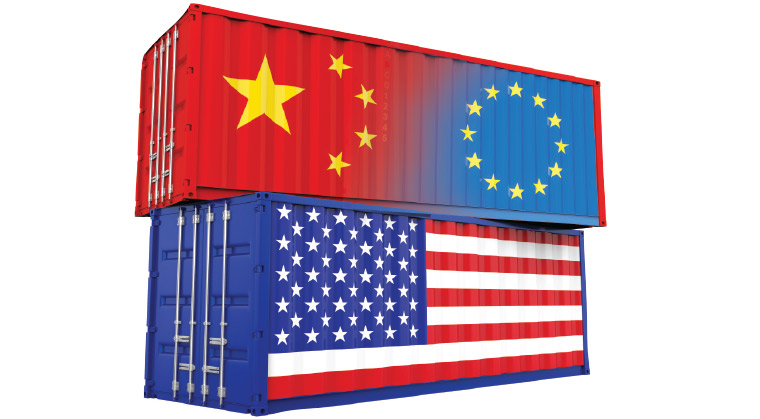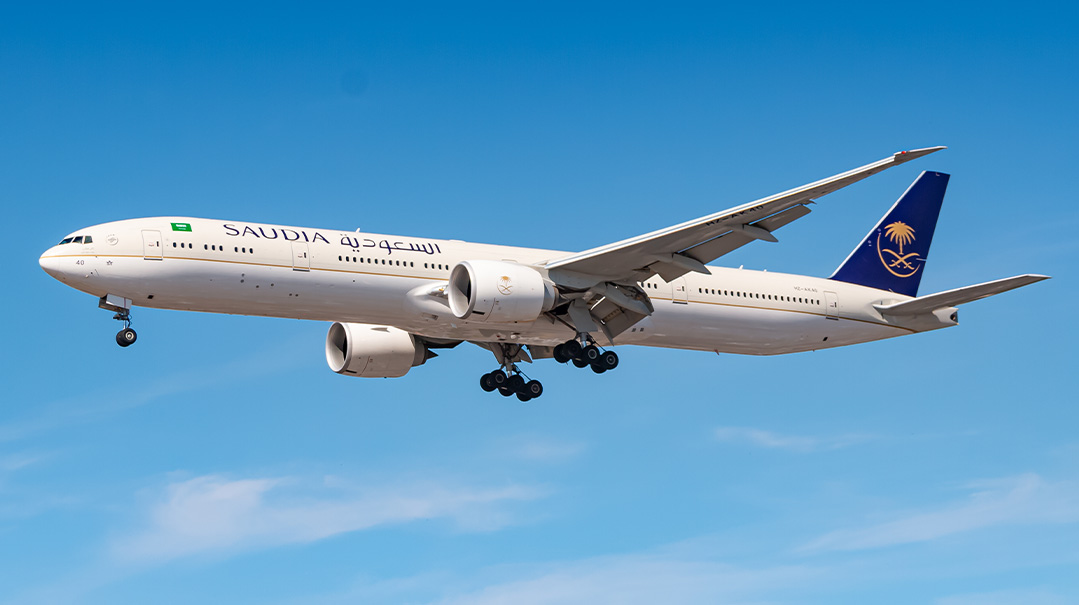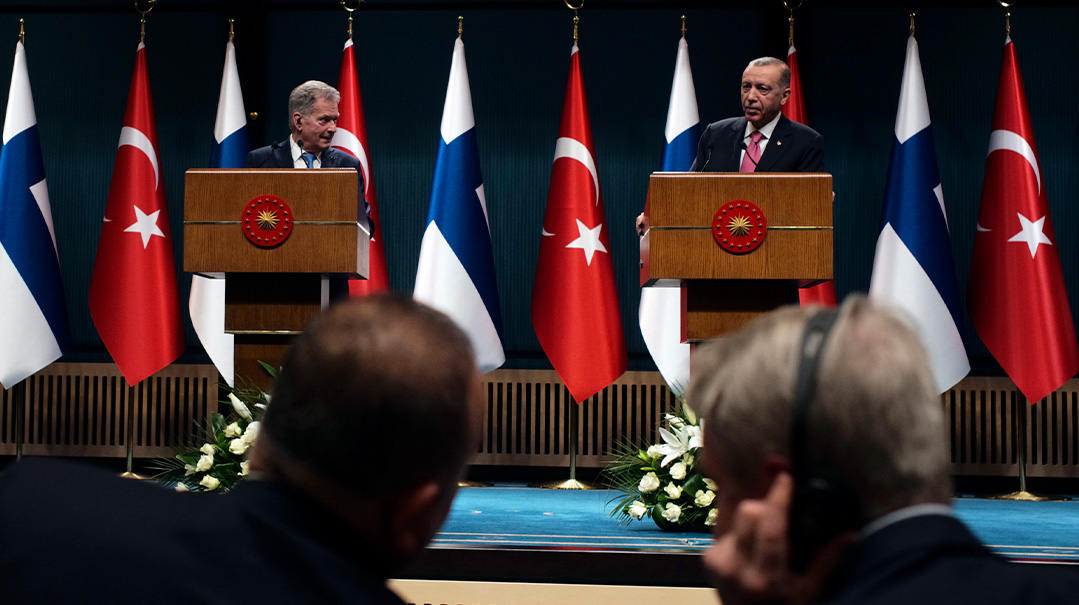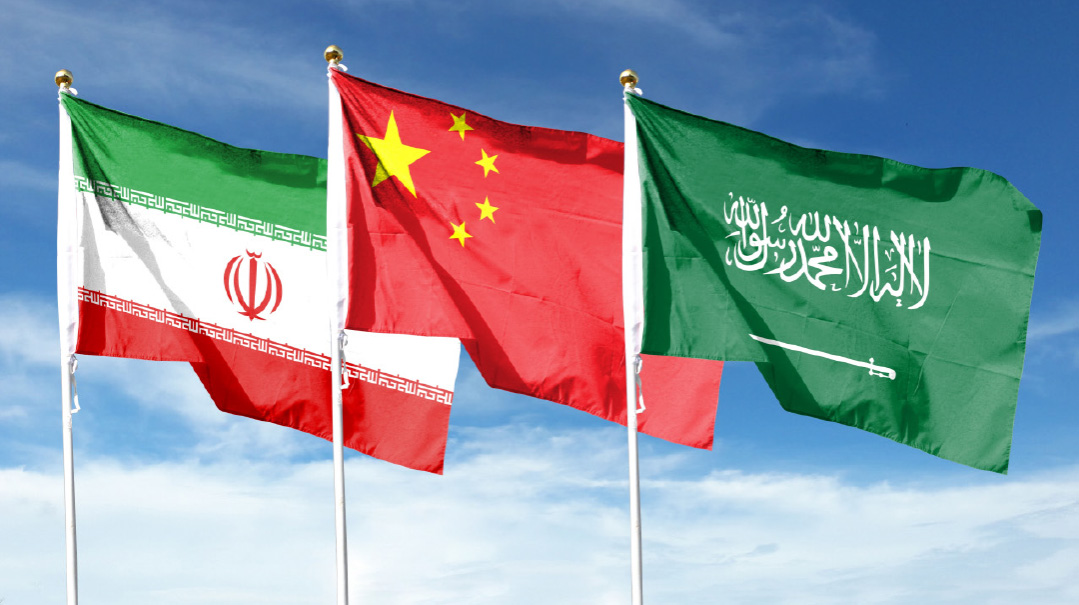Trump on Trade


M
ilitary theorist Carl von Clausewitz is known for famously saying, “War is the continuation of politics by other means.” I don’t know of a better way to describe the tensions surrounding the impending trade war between the US and its trading partners.
Back in the 1980s, when then-businessman Donald Trump published full-page ads in leading dailies objecting to America’s huge trade deficit with Japan, pundits wondered whether he was considering a run for the presidency.
Trump can’t stand that the United States has a trade deficit. The president often states that the US is being exploited, and if the data are anything to go by, he’s right. In March alone, America’s trade deficit was $49 billion. The question is whether in today’s global village of goods and services, there’s much that Trump can do about the inequality.
But first, what is a trade war?
Put simply, it’s a situation where two or more trade partners decide to place protective tariffs or other trade barriers against the other, mostly out of revenge, or in an attempt to rectify a situation whereby one country feels it’s losing out from free trade and wants to protect its own products.
Observers say Europe’s countermeasures on trade will be aimed at Trump country, for example, Harley Davidson motorcycles made in Wisconsin and bourbon made in Kentucky. Senate Majority Leader Mitchel McConnell, who represents Kentucky, sees the threatened tariffs as devastating. “I don’t think anything good will come out of a trade war,” he said in early June. Canada, a major cheese producer, could place its own duties on American cheese. Ultimately, the farmers may have to pay the price for protecting the steelworkers.
Like a military war, a trade war is something that is easy enough to enter, but often difficult to exit. The steel and aluminum industries might gain, but what about all the products that are manufactured from those metals, such as cars, appliances, and cans, that will become more expensive as a result? What will happen with companies, such as plane manufacturer Boeing, that are active on the global market and will have to pay top dollar for their steel?
Don’t forget, it’s not just a matter of money. These are very sensitive days, when the US is trying to get its allies in the European Union on board with placing crushing sanctions on Iran. The US could also use China’s help at this week’s summit with North Korea. It’s doubtful whether protective tariffs at this time will serve that purpose. The president is taking a dangerous gamble, trying on the one hand to cooperate with Europe, and on the other hand, to protect American goods.
But — and there’s a big but — Trump is the author of The Art of the Deal, a fact not lost on the Europeans who said at the end of the G7 summit that “there are still a few days left to prevent a trade war.” They also understand that Trump is famous for using pressure tactics. So another Tweet, this one exiting the United States from trade conflict, might well be in our future.
Facts & Figures
- In 2017, the United States exported goods worth $283 billion, and imported goods worth $434 billion, for a trade deficit of $151 billion.
- America’s five biggest trade partners in order of importance: China, Canada, Mexico, Japan, and Germany.
- The country that the US exports the most goods to is Canada — 18.2% of all exports.
- The country that the US imports the most goods from is China — 20% of all imports.
- America has the greatest trade deficits with China, Mexico, Japan, and Germany. (Only with Canada does it enjoy a trade surplus.)
(Excerpted from Mishpacha, Issue 714)
Oops! We could not locate your form.













